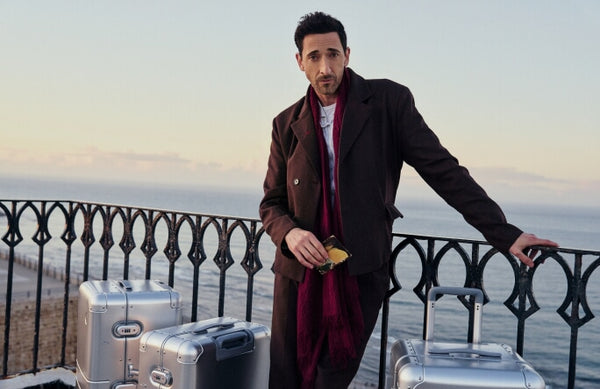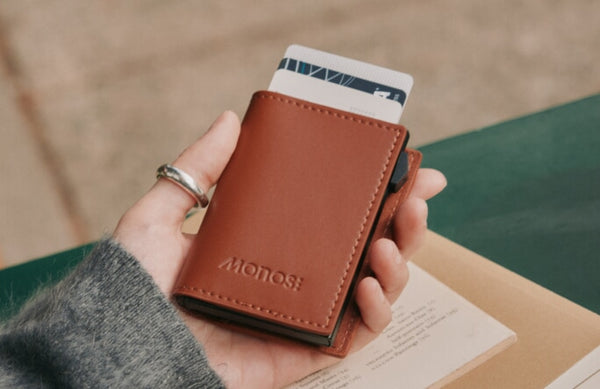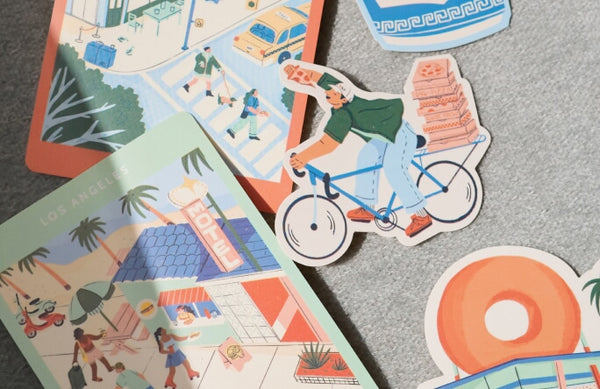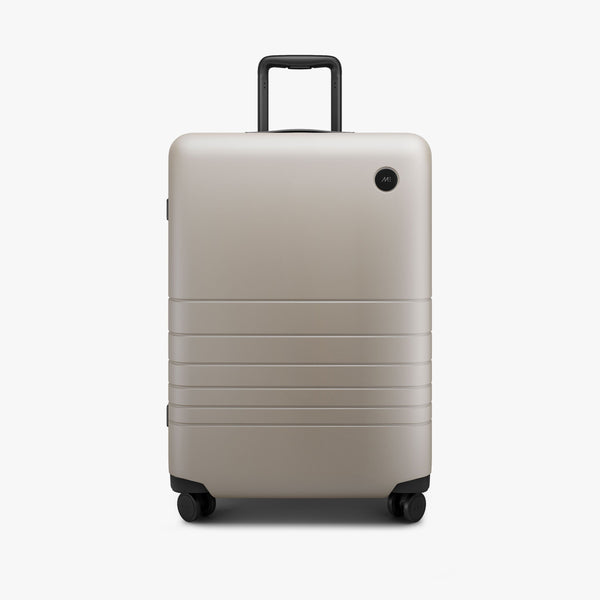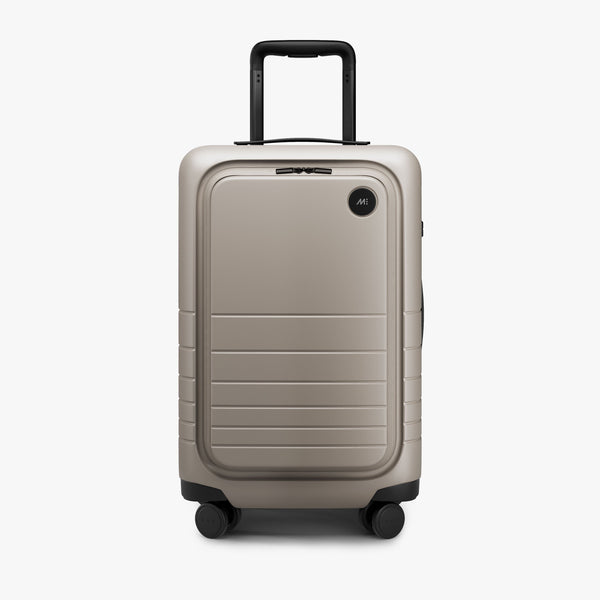
High season. Low season. Peak season. Off-season. Seasonality within travel is an essential detail for both the traveller and the destination. Of course, many of us know the benefits of travelling during the quieter months: more affordable accommodations, easier reservations to secure, and walking down streets freely. But seasonality doesn’t just offer ease in logistics; it reveals the side of a city that feels personal and real.
I was in Florence, Italy, in the spring of 2020. As the centre of medieval European trade and one of the wealthiest cities of that era, Florence has always been a bustling municipality. With one of the world’s most significant concentrations of art, stunning landscapes, and beautiful architecture, the Tuscan capital is consistently ranked as one of the most visited cities on earth. So as flights everywhere began to ground with the onset of the pandemic, I found myself alone in one of the busiest cities in the world. I walked the Ponte Vecchio without another soul in sight and could hear the water rushing from the Fontana del Nettuno streets away. It was a scary time, but I also got to experience Florence at its most intimate.
Later that same year, I was fortunate to find myself in Sicily. By now, the world was slowly coming out of its sheltered crash. But the streets of Palermo were nowhere near as busy as they would become again. With many tourist attractions still closed, I wandered the streets and frequented the local corner shops and caffès. Filling my days with familiar neighbourhood faces. People about their routines, taking time in stride slowly. I felt as though Palermo had let me in on a secret. Nothing fantastical, nothing romantic, simply allowing me to see the parts of it that would have been concealed by crowds any other time.
These singular experiences affirmed a way of travelling I’d always been drawn to. That visiting a place out of season offers the best parts of it with the luxury of undivided attention. It also supports major destination cities during times when reliance on the travel industry is critical and eases periods of congestion by stippling a manageable stream of guests all year round. For example, in a New York Times article on returning tourism to Kyoto, Japan, officials offered tourists some polite suggestions on how to visit in a way that doesn’t impact the city as greatly as it did before the pandemic. Simple things like paying a call to less populated and more unique attractions, offering alternative visiting hours in the evening, and, most powerfully, engaging with the local community and residents.
Beyond Kyoto, these suggestions seem simple and obvious. But in an age of content creation, it’s a great reminder that travel is about the experience. Never treating a destination like a checkbox to tick off a list but rather as the authentic place it is. A place where residents live their full lives filled with beautiful stories of the everyday.
Photos by Armin Tehrani & Santiago de Hoyos. ■

